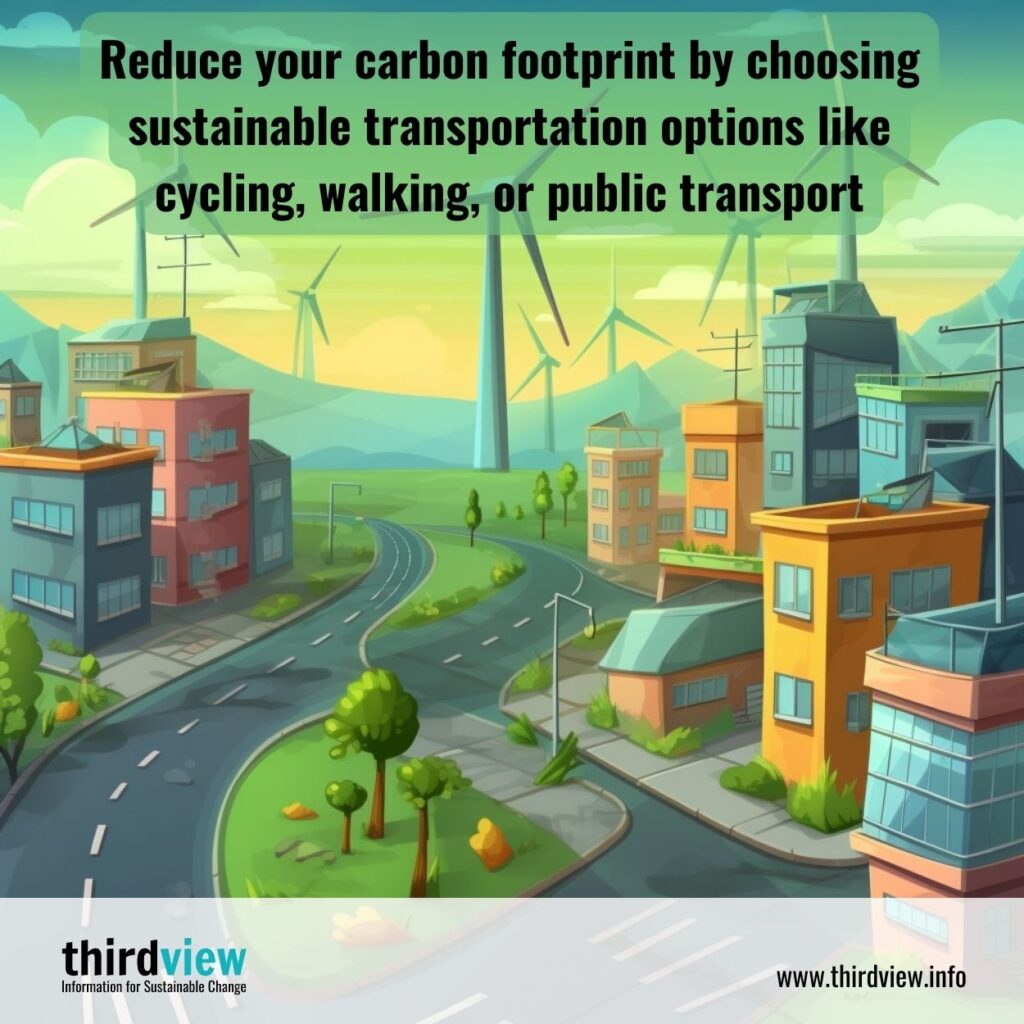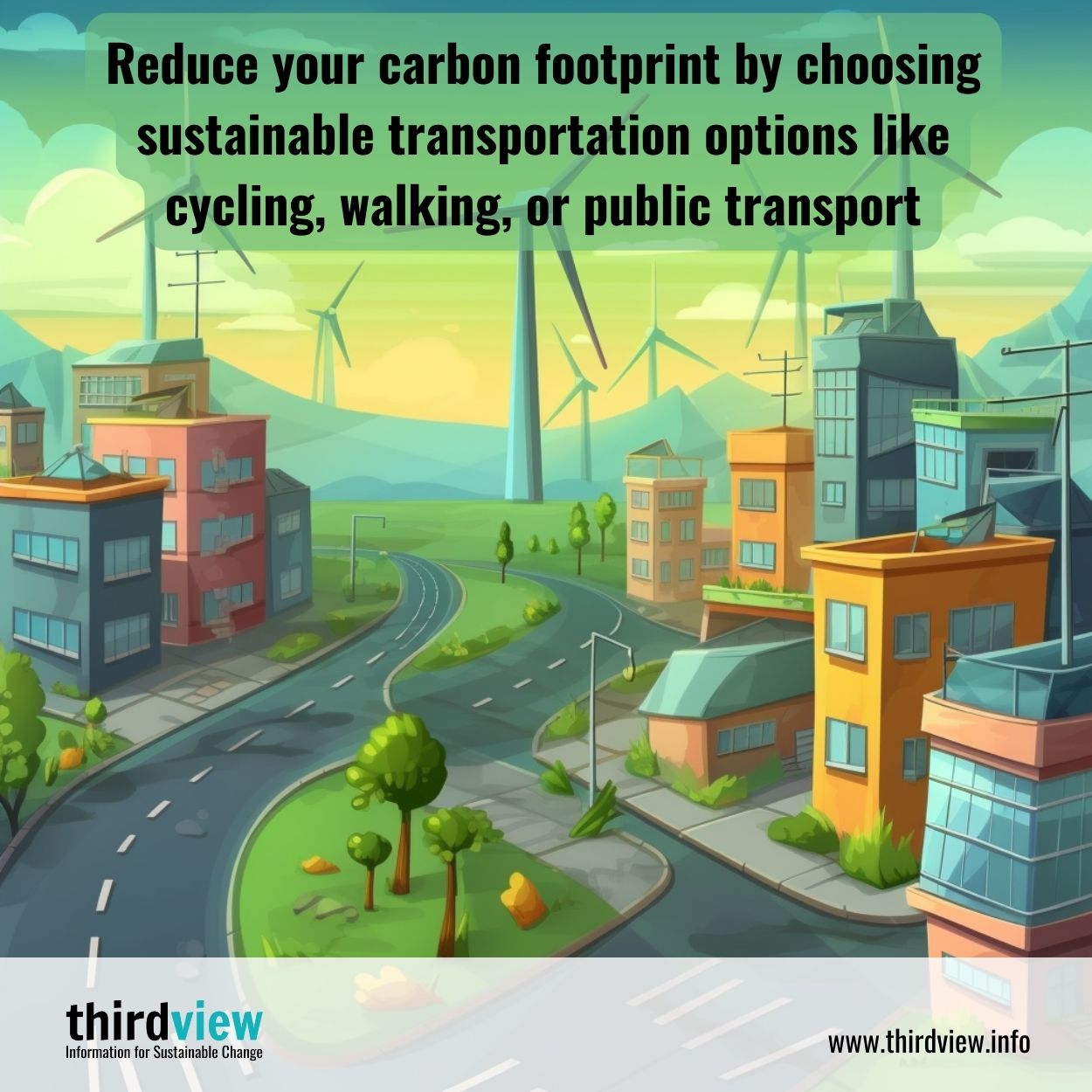The term ‘carbon footprint’ refers to the total emissions of greenhouse gases that we produce, mostly from our daily activities. Whether it is driving a car, switching on a light bulb, or eating a burger, we are all responsible for contributing to climate change with our daily choices. However, we can make a difference by being mindful of our impact on the environment and taking steps towards reducing our carbon footprint. In this blog post, we’ll go beyond the basics of reducing your carbon footprint and look at some practical tips that you can implement in your daily life.
Eat a Plant-Based Diet
One of the most effective ways to reduce your carbon footprint is to switch to a plant-based diet. Animal agriculture produces large amounts of greenhouse gases, accounting for about 14.5% of global emissions. Moreover, the meat industry requires large amounts of land, water, and energy, contributing to deforestation, soil erosion, and depletion of natural resources. By eating a plant-based diet, you can not only reduce your carbon footprint but also improve your health and support animal welfare.
Consider Your Fashion Choices
Fast fashion is a major contributor to carbon emissions, with clothes accounting for about 10% of global emissions. The production process requires huge amounts of water, energy, and chemicals, resulting in pollution and environmental degradation. To reduce your carbon footprint, consider buying clothes made from sustainable materials such as organic cotton, hemp, or recycled fibres. You can also opt for second-hand clothes or invest in high-quality, timeless pieces that you can wear for years.
Choose Sustainable Transportation
Transportation is another significant source of greenhouse gas emissions, accounting for about 23% of global emissions. To reduce your carbon footprint, consider using more sustainable modes of transportation such as cycling, walking, or public transport. If you need to drive, opt for a hybrid or electric car, or carpool with others to reduce your emissions. You can also make a difference by reducing the number of flights you take and choosing low-carbon alternatives such as trains.
Reduce Your Energy Consumption
Energy consumption is a major contributor to carbon emissions, with electricity and heating accounting for about 40% of global emissions. To reduce your carbon footprint, consider making small changes in your daily habits such as turning off lights and unplugging appliances when not in use, using energy-efficient light bulbs, and reducing your dependence on air conditioning and heating. You can also invest in renewable energy sources such as solar panels or wind turbines to generate your electricity.
Support Local and Organic Agriculture
Finally, you can reduce your carbon footprint by supporting local and organic agriculture. Buying locally sourced produce reduces the carbon emissions associated with transportation, and organic agriculture avoids the use of synthetic fertilizers and pesticides, which contribute to greenhouse gas emissions. You can also grow your vegetables at home or join a local community garden to reduce your dependence on industrial agriculture.
Reducing your carbon footprint is a crucial step towards mitigating climate change and preserving the planet for future generations. While there are several basic steps you can take such as reducing your use of plastic, recycling, and conserving water, going beyond the basics can make a more significant impact. By following the tips discussed in this blog post, you can make conscious choices that not only benefit the environment but also improve your quality of life. Together, we can make a difference in reducing our carbon footprint and creating a more sustainable future for all.


